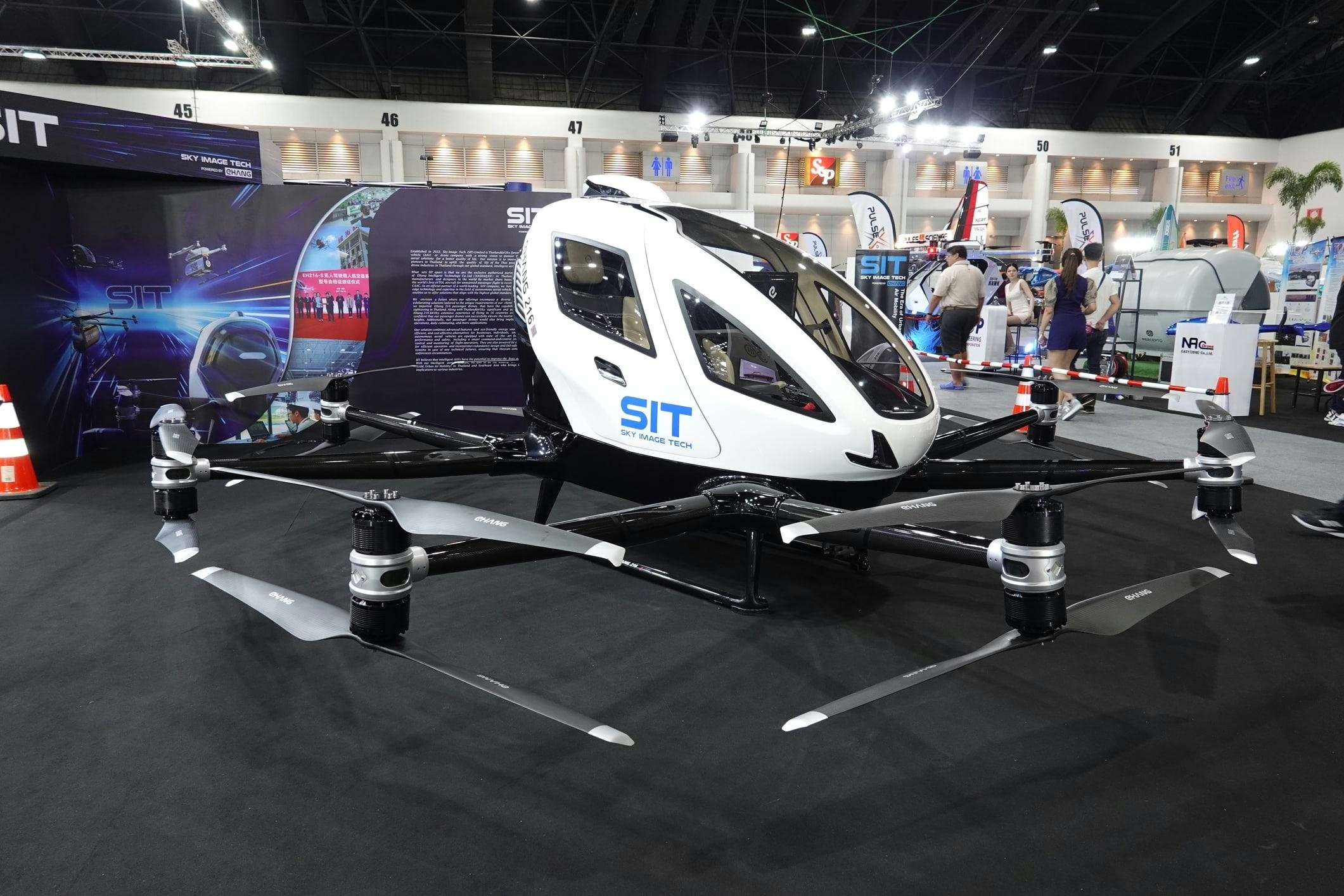
AeroGenie: Su copiloto inteligente.
Tendencias
Categories
Forced Landing in Field Due to Carburetor Icing
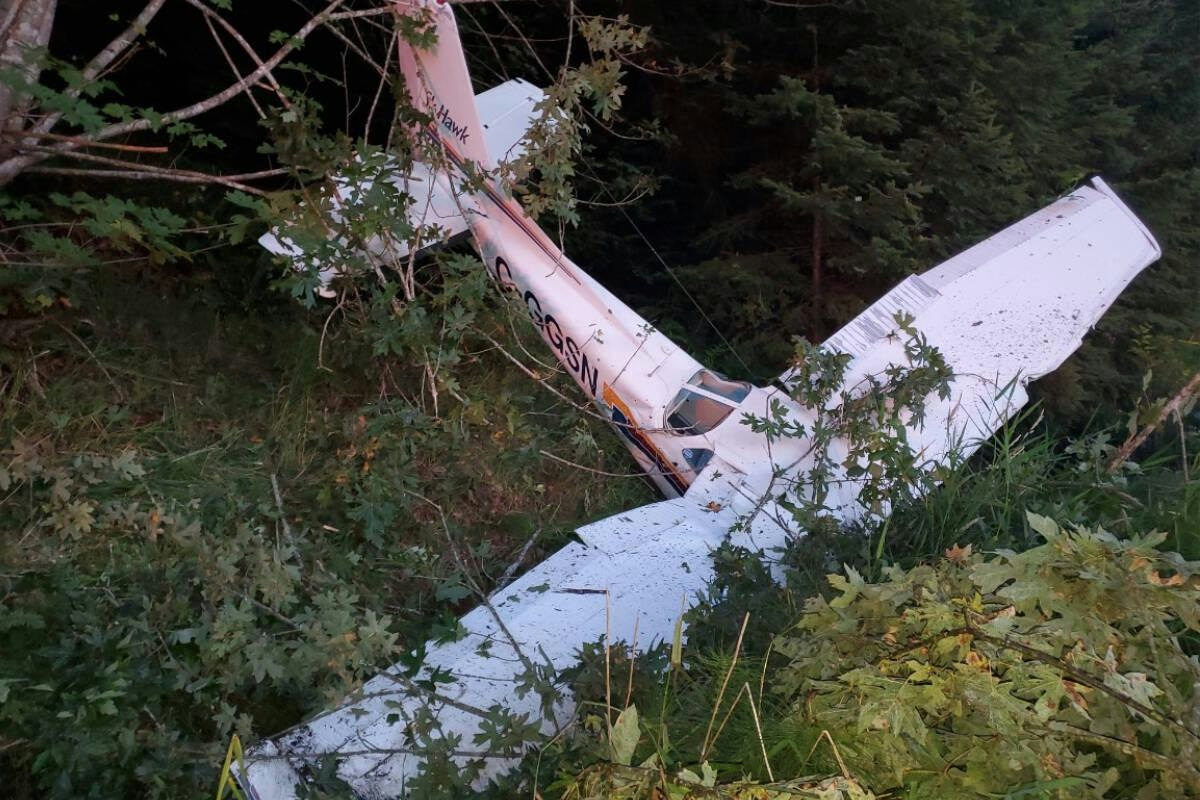
Forced Landing Near Ottawa, Ohio, Attributed to Carburetor Icing
A pilot was compelled to execute an emergency landing in a field near Ottawa, Ohio, after experiencing a sudden loss of engine power in his Piper PA-25-250. The incident, which occurred during a flight from Abrams Municipal Airport in Grand Ledge, Michigan, to Pompano Beach Airpark in Florida, is believed to have been caused by carburetor icing. The flight took place shortly after the pilot had acquired the aircraft.
Flight Details and Incident Description
The pilot reported conducting a thorough preflight inspection with no abnormalities detected and departed with full fuel tanks. Approximately five minutes after takeoff, while encountering intermittent cloud cover, he applied carburetor heat for 30 seconds and noticed significant engine buffeting. Roughly 40 minutes into the flight at an altitude of 6,700 feet mean sea level, the pilot observed a sudden five-inch drop in manifold pressure. He again applied carburetor heat, which resulted in severe buffeting of the aircraft. Over the subsequent 15 minutes, the pilot intermittently engaged the carburetor heat multiple times while closely monitoring engine instruments.
At 3:07 p.m., with carburetor heat still activated, the pilot heard a loud bang accompanied by a pronounced shudder. The engine abruptly lost all power, and the propeller ceased responding. Unable to identify a suitable road clear of power lines and traffic, the pilot coordinated with air traffic control and performed a forced landing in a flat cornfield. The aircraft came to rest upright, and the pilot sustained minor injuries but was able to exit the plane unassisted. First responders arrived promptly at the scene.
Investigation and Findings
Federal Aviation Administration (FAA) inspectors found the aircraft upright with significant damage to the fuselage and wings, though no fire had occurred. The National Transportation Safety Board (NTSB) subsequently conducted a detailed examination. The engine remained securely attached to the firewall, and external inspection revealed no case rupture or oil leakage. Control continuity was verified from the cockpit to the carburetor and propeller. Fuel samples taken from the gascolators contained small amounts of blue-colored fuel and trace gray particulates resembling sand. Spark plugs exhibited normal wear, and internal engine components—including continuity, compression, and valve function—were within normal limits. Both magnetos produced spark, and the carburetor was found to be clean and undamaged. No mechanical anomalies were identified in the engine or fuel system.
Implications for Aviation Safety
This incident underscores persistent safety concerns related to carburetor icing, particularly under variable weather conditions. The forced landing is anticipated to prompt increased regulatory scrutiny and may intensify calls for enhanced safety protocols within general aviation. Industry experts suggest that such events often raise market awareness and could stimulate demand for improved anti-icing technologies and more comprehensive pilot training programs. Aviation manufacturers and competitors may accelerate the development of advanced safety features aimed at mitigating carburetor icing risks, thereby reassuring both pilots and regulatory authorities.
As investigations proceed, the aviation community is expected to focus on both technical innovations and procedural enhancements to reduce the hazards associated with carburetor icing and emergency landings.
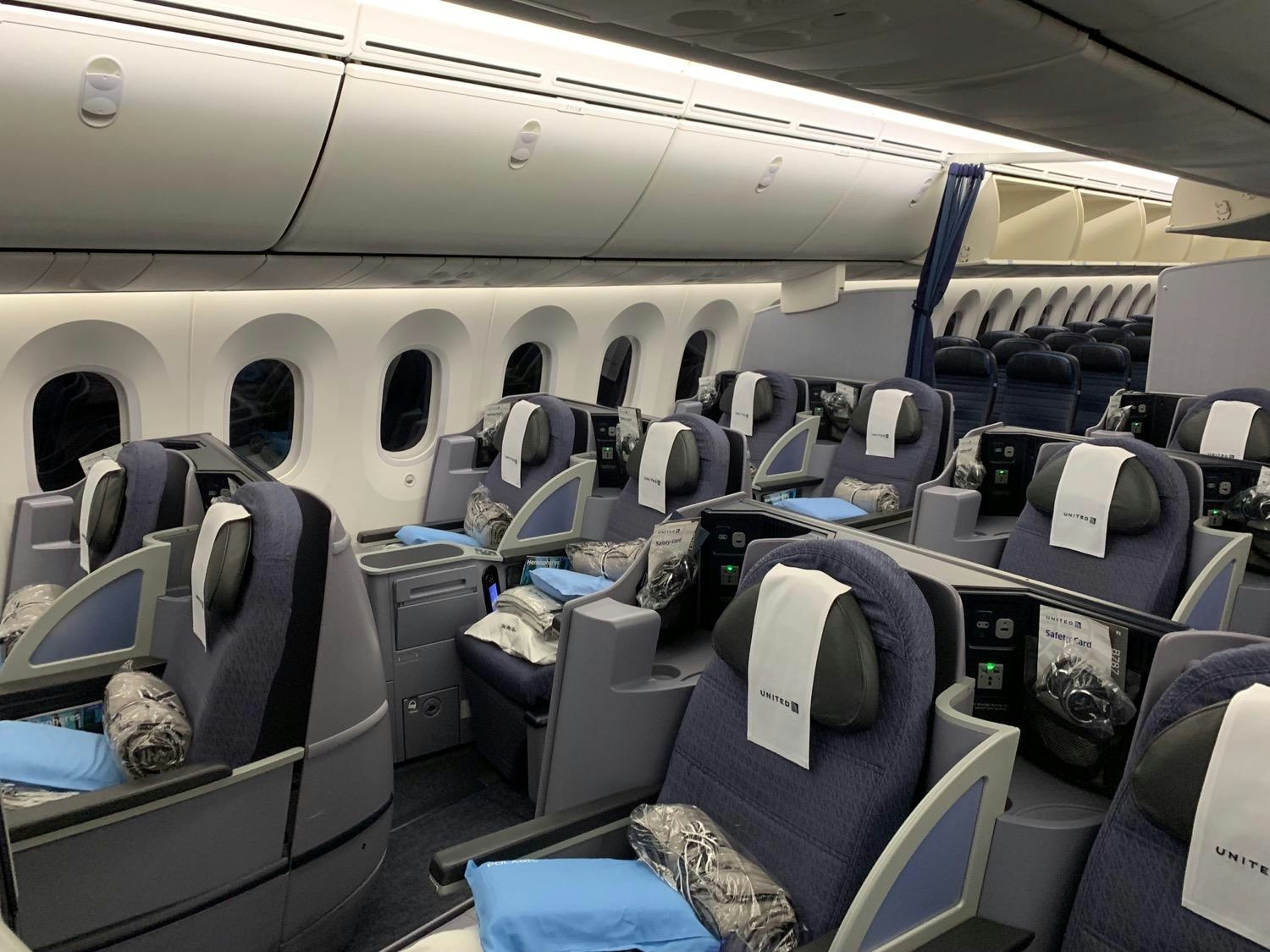
United's Dreamliner Trio: Unveiling The Top Routes For Each 787 Variant

Airbus Wins Air China Cargo Order for Six A350F Freighters

Airbus Expected to Secure Majority of Flydubai Jet Order, Sources Say
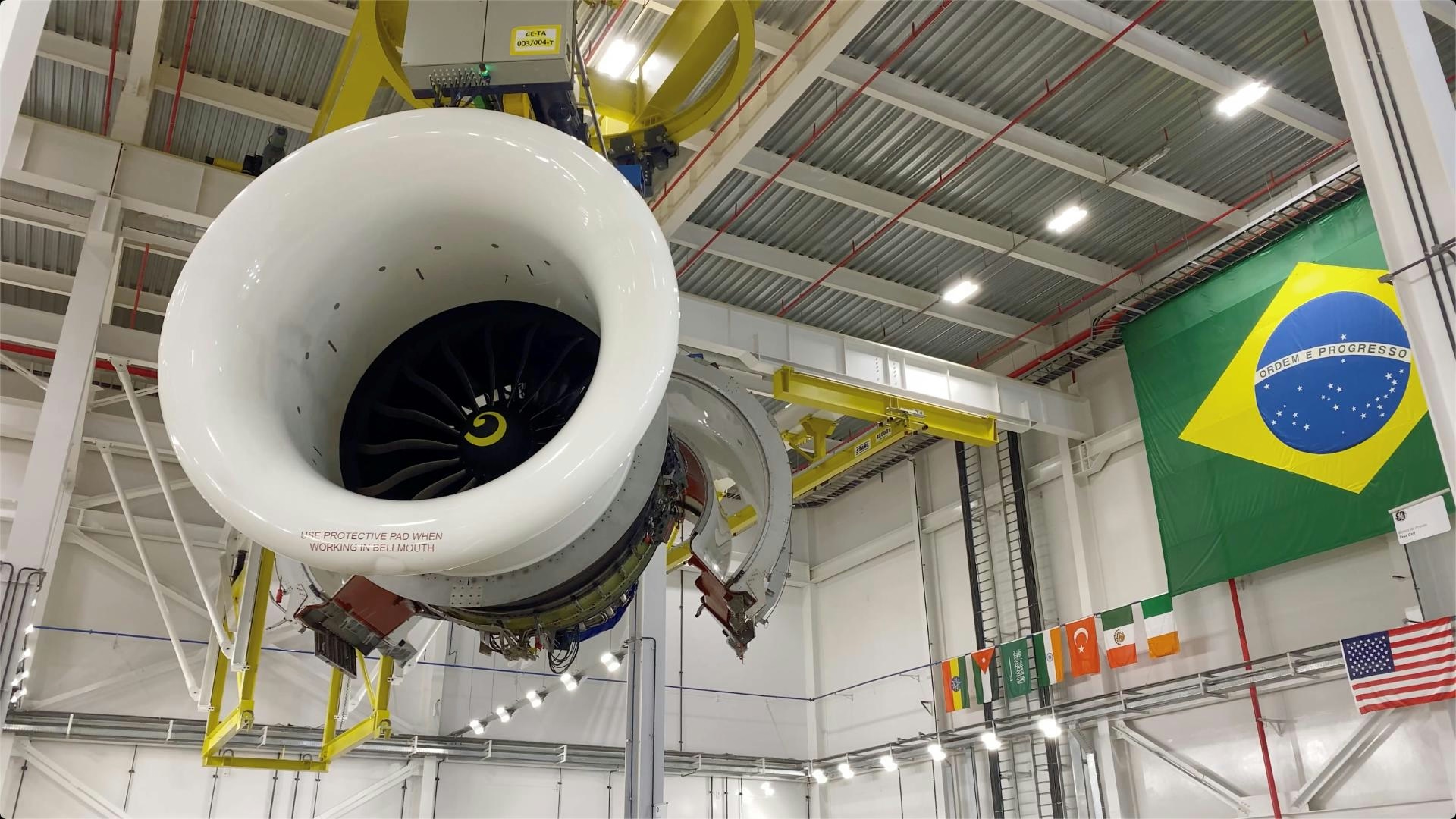
Inside GE Aerospace’s Mission To Build The World’s Toughest Jet Engines

Airbus Expands Fleet in the Middle East: Implications for Air Travel
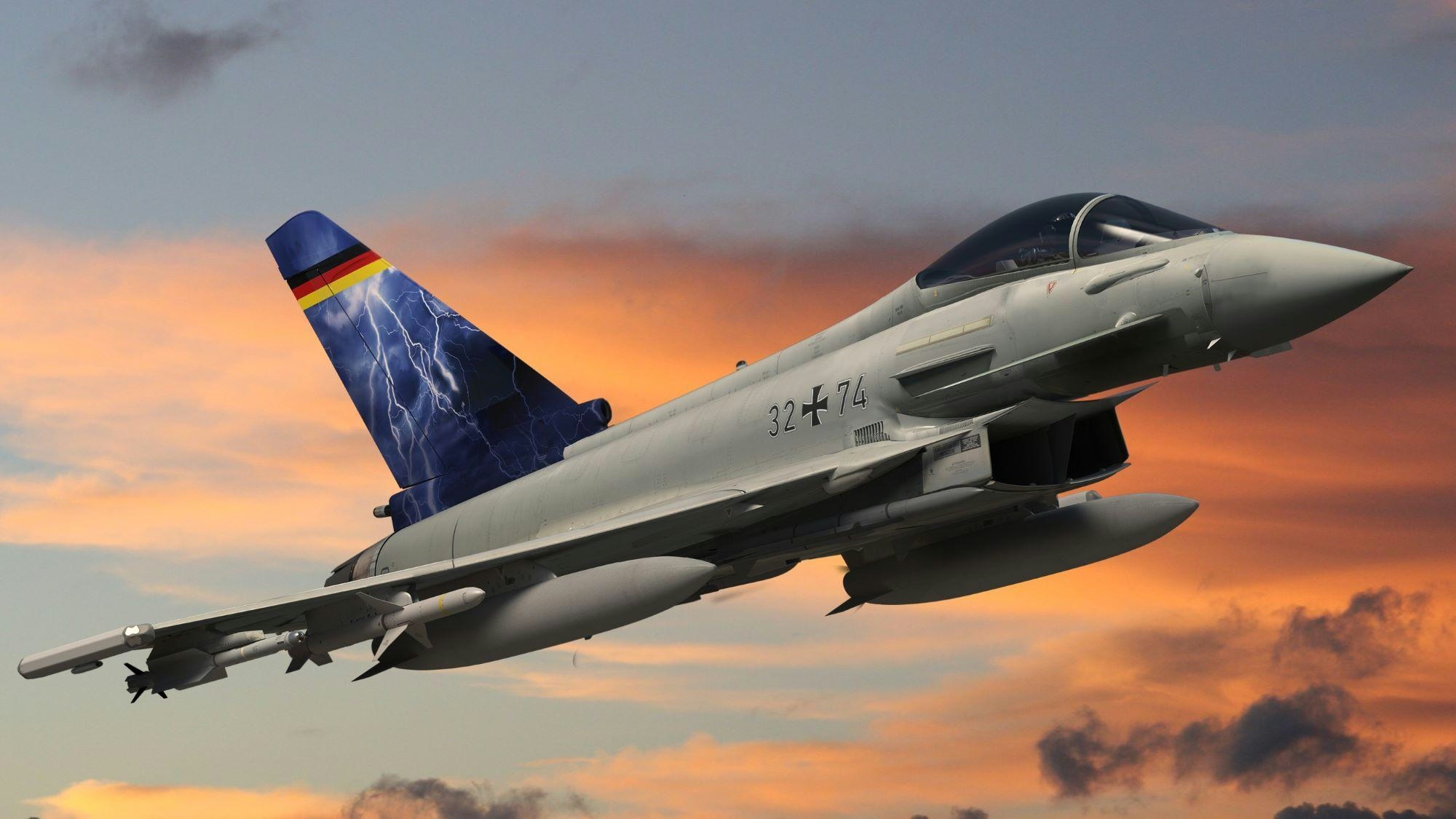
Airbus Orders Saab’s Arexis EW Suite for Eurofighter EK
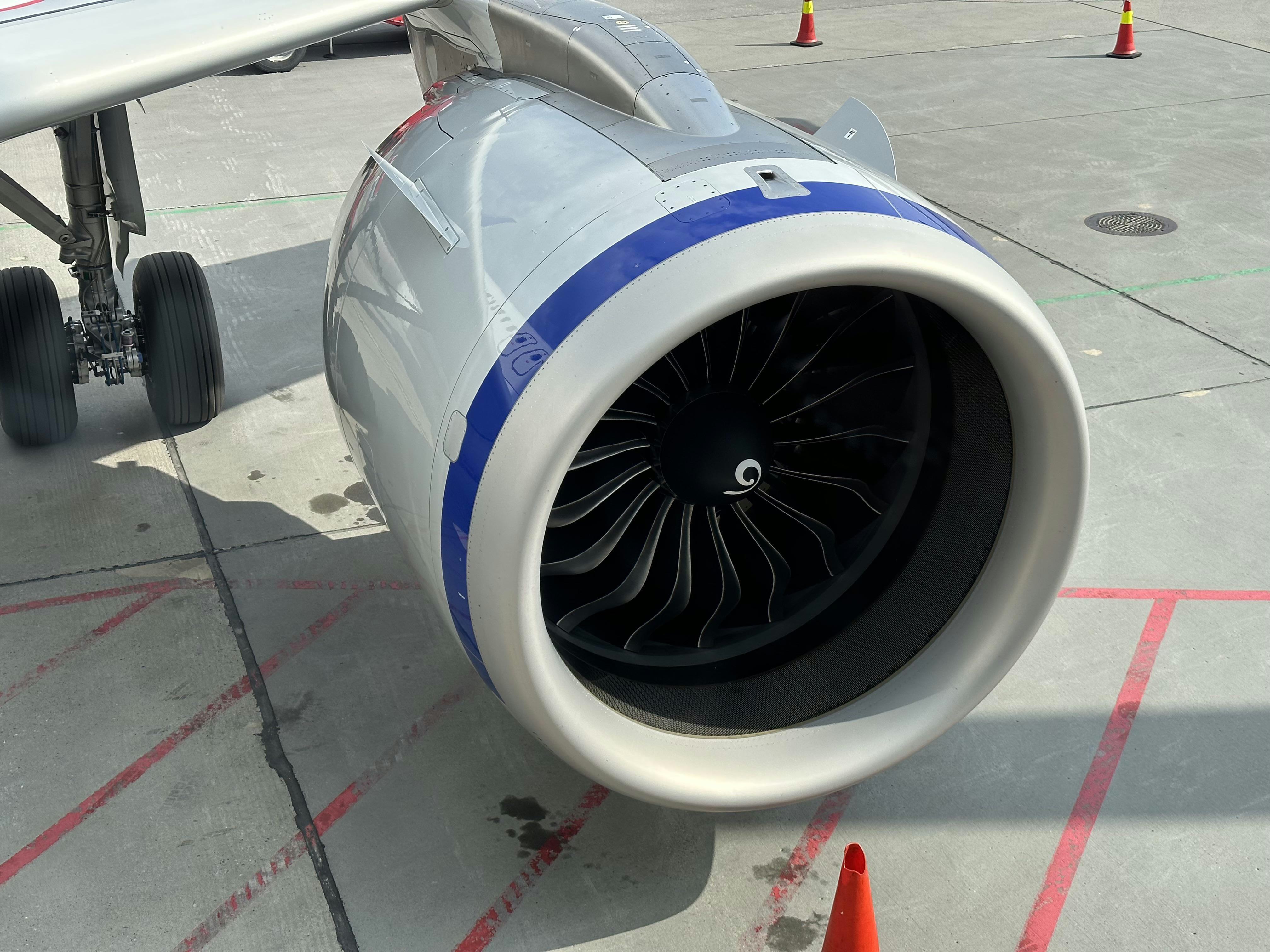
How aircraft engines are getting quieter
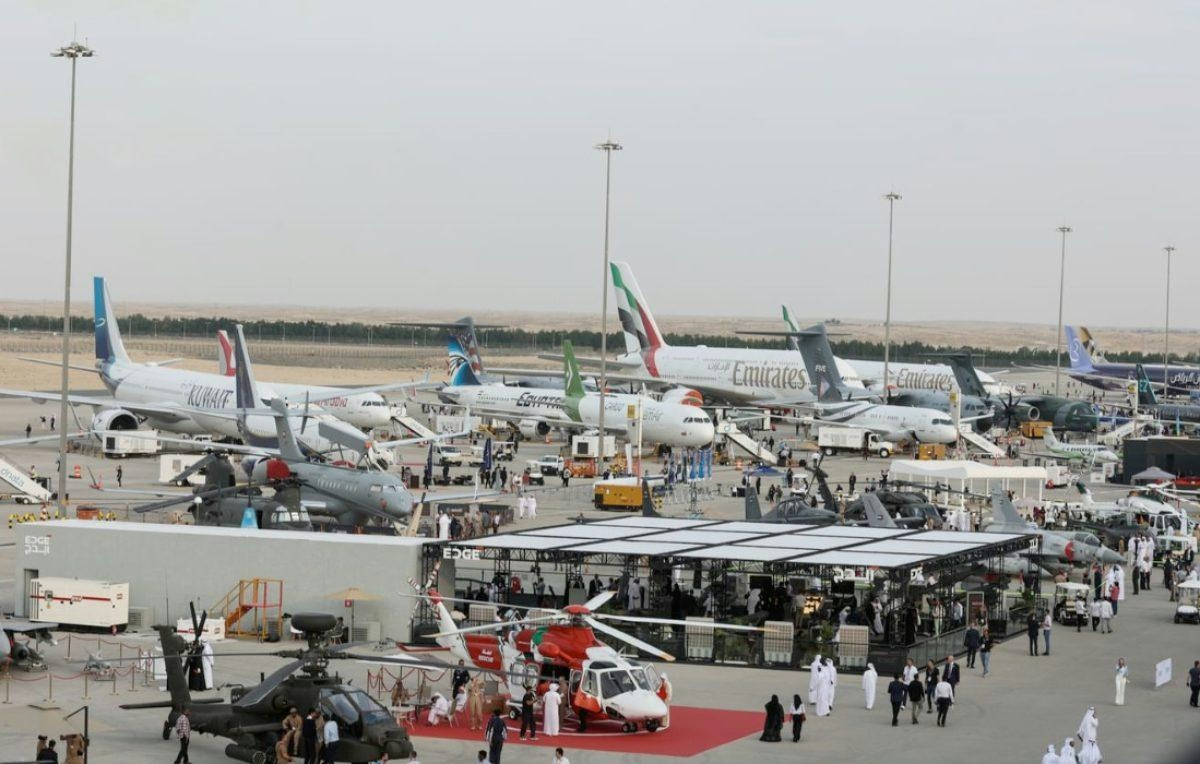
Emirates to Present Biometric Technology and Eco-Friendly Innovations at Dubai Airshow 2025

GE Aerospace Expands Aviation Operations with New Hub in Dubai
